Description
Includes valuable interview takes of the three people that were recorded and broadcast on the radio when they first came to Japan in July 1972. The DJ is a familiar VJ from “Best Hits USA” and interviews the members in fluent English. The program was “Sound Free” (Yamaha), a radio program specializing in Western music for which he serves as a DJ, and the recording took place in Keith Emerson’s room at the Tokyo Hilton Hotel. (Probably broadcast on Sunday night, July 23rd) The program itself is believed to be a one-hour program, but this take has the songs that were broadcast at the time cut out, and only includes interviews. (The seven songs that were broadcast were Knife Edge, Tank, Lucky Man, Stones Of Years, Blues Variation, and Hoedown) Although air check sound source is used, the sound quality is stable and the sound itself is very clear. It can be said to be a must-listen take and surprise for fans all over the world, boasting exceptional quality for the tape at the time. The DJ, who was fluent in English, did the Japanese translation on the spot, rather than adding the translation later when editing the program, resulting in a fairly high-quality interview at the time. Keith and the rest of the group respond well to really well-thought-out, serious questions, rather than general, ad hoc questions. Since the interview was held at a hotel, there are some funny scenes in the middle of the interview, such as when the DJ is surprised by Carl and Greg who suddenly come out of the shower room naked while they are having a serious conversation with Keith. The first half of the interview was with Keith, who talked about “How the three of us met,” “About synthesizers,” “Differences between studio and live performance,” and “Influenced music,” and then Greg, “About co-writing and creating with other members.” “About musical instruments such as mandolins and banjos” will be seriously discussed. At first, the members seemed to be joking around, but since the DJ is very fluent in English and asks solid questions, it’s clear that he answers the questions in a very thorough manner, which is unusual. Greg’s opinion that “Everyone is different is what makes good music.There are many differences of opinion, but that’s why we can make good music.”I was impressed by Greg’s opinion. In addition to Keith and Greg, Carl will also appear in the next “Favorite Artists” section. In the sixth track, Keith jokingly talks about how he was mobbed by a large group of fans upon arrival at the airport. From here, it becomes a fun Q&A with lots of chats with members and related parties. The seventh track talks about Keith’s solo album in the making. (Nucleus trumpeter Ian Carr and the New Jazz Orchestra are said to be participating.) And, and…! After this, a very valuable live recording of 17 minutes 51 seconds is additionally recorded as a bonus track. What’s included here? . . I have no choice but to listen to this. It is sure to become one of the most important sound sources for progressive rock fans in the future. The sound quality is very good, and its value as a record is incredible. To put it bluntly, on the fifth day of their visit to Japan, the ELP members, who had met with Mr. Shigeo Nagashima at Korakuen Stadium the day before, will now visit the Kabukiza Theater and pay a courtesy visit to the dressing rooms of famous female actors. Here you can listen to 18 minutes of that backstage conversation in a newly discovered secret recording. The rattling sounds recorded on 8mm film are very vivid, but anyway, this is a scene from ELP’s visit to the Kabuki-za dressing room in 1972, which only a few people who were present were able to experience and learn about. For the first time, the general public can listen to this take! ! There is no doubt that everyone will listen to it in amazement and think, “I can’t believe something like this existed in the world…” This will be a very important take on the history of Western music. Must-listen and amazing! ! ! ! This is a supplementary text regarding the bonus track. ?The date and time was around 13:00 on July 21, 1972 (the day before ELP’s Korakuen performance) in the dressing room of Kabukiza (Higashi Ginza), between the first performance in “Torii-mae” and the next “Yoshinoyama”. ?ELP seems to be here before the Kabuki theater. ?In the middle of the scene, a clap is added, the curtain opens, and the actors’ lines can be heard. (There are speakers in the dressing room and the sound of the stage is always playing.) ?The actor who received the courtesy visit explained to ELP Shizuka Gozen’s costumes and wigs (complete with hairpins and decorations). ?Give ELP a courtesy call and give them an “Oshikuma” (a Kabuki actor puts (removes) makeup on a piece of paper or cloth, signs it, and gives it to their favorite person). He tried to get his attendant to swipe some ink on him and affix his signature and ink (seal), but he couldn’t seem to find the ink. I also gave her a yukata. (He says “the second one.”) ?ELP seems to have given him a record of “Pictures at an Exhibition,” but it seems like this was supposed to be given to someone else. They say things like, “I’ll take care of it for now.” ?I’m checking the schedule to see if I can go to ELP’s Korakuen performance tomorrow. The supporter’s meeting starts at 6:30, so I said I’ll go as soon as it’s over, if I can meet in time. (It is unknown whether he went or not.) (Additional explanation) “Yoshitsune Senbonzakura” is a story about Yoshitsune before and after his fall, and the main character is not Yoshitsune, but the stories of the people who were involved on the spot. At Shizuka Gozen, in front of the Torii gate, Yoshitsune plans to leave his family to his vassal, Tadanobu Sato, and leave them separately. “Mount Yoshino” is a dance drama in which Shizuka and Tadanobu are on their way to Mount Yoshino in Nara, where the cherry blossoms are in full bloom. “Sound Free Yamaha” (FM Tokyo) Radio Interviews In Tokyo Recorded at Keith Emerson’s room of Hilton Hotel in July 1972 1. Q&A 1(Keith Emerson) 2. Q&A 2(Keith Emerson) 3. Q&A 3(Keith Emerson) 4. Q&A 4(Greg Lake) 5. Q&A 5(Keith Emerson, Greg Lake, Carl Palmer) 6. Q&A 6(Keith Emerson, Greg Lake, Carl Palmer) 7. Q&A 7(Keith Emerson, Greg Lake, Carl Palmer) Bonus Track 8.Recorded at Kabuki-za, Tokyo on 21st July 1972
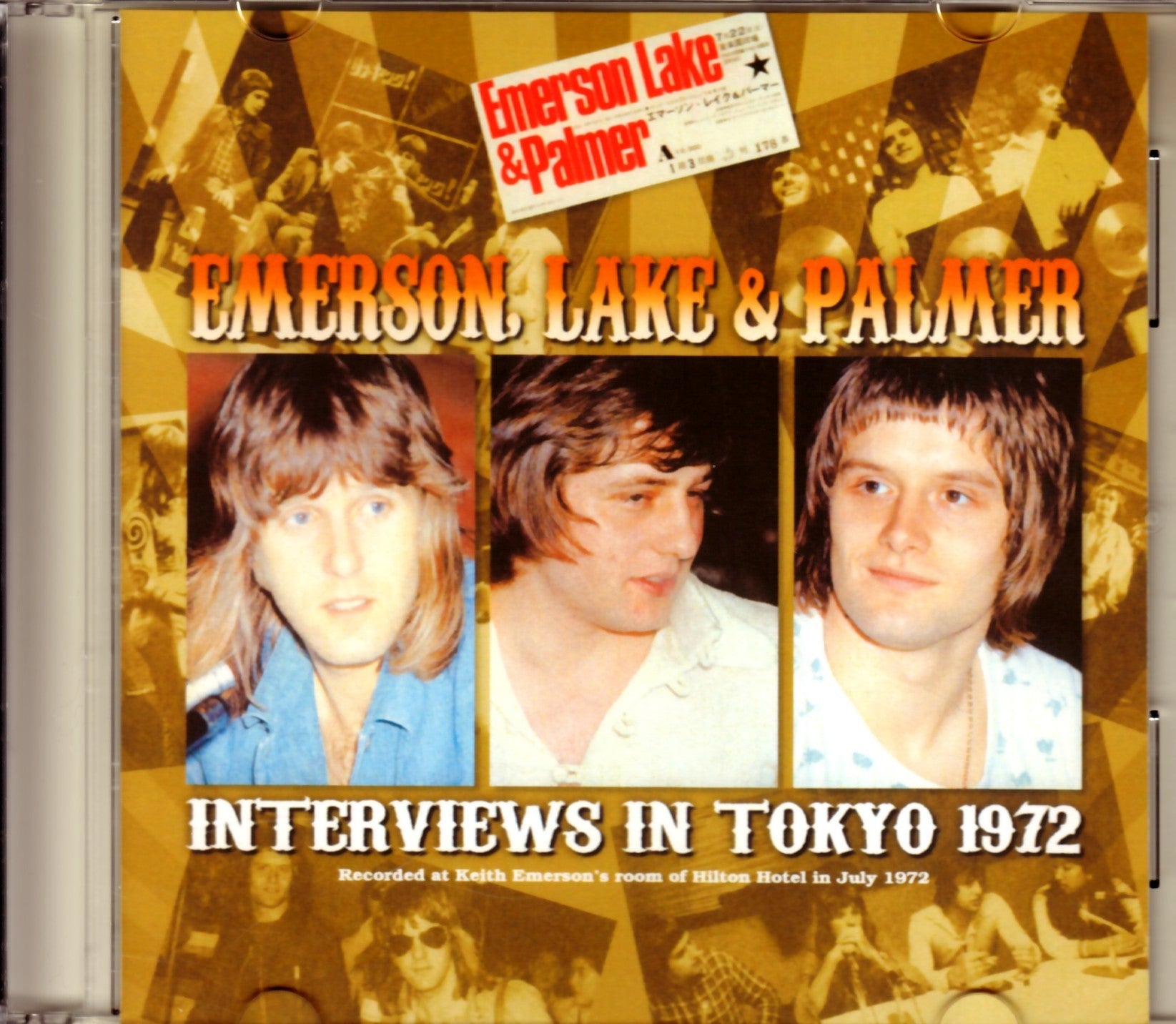
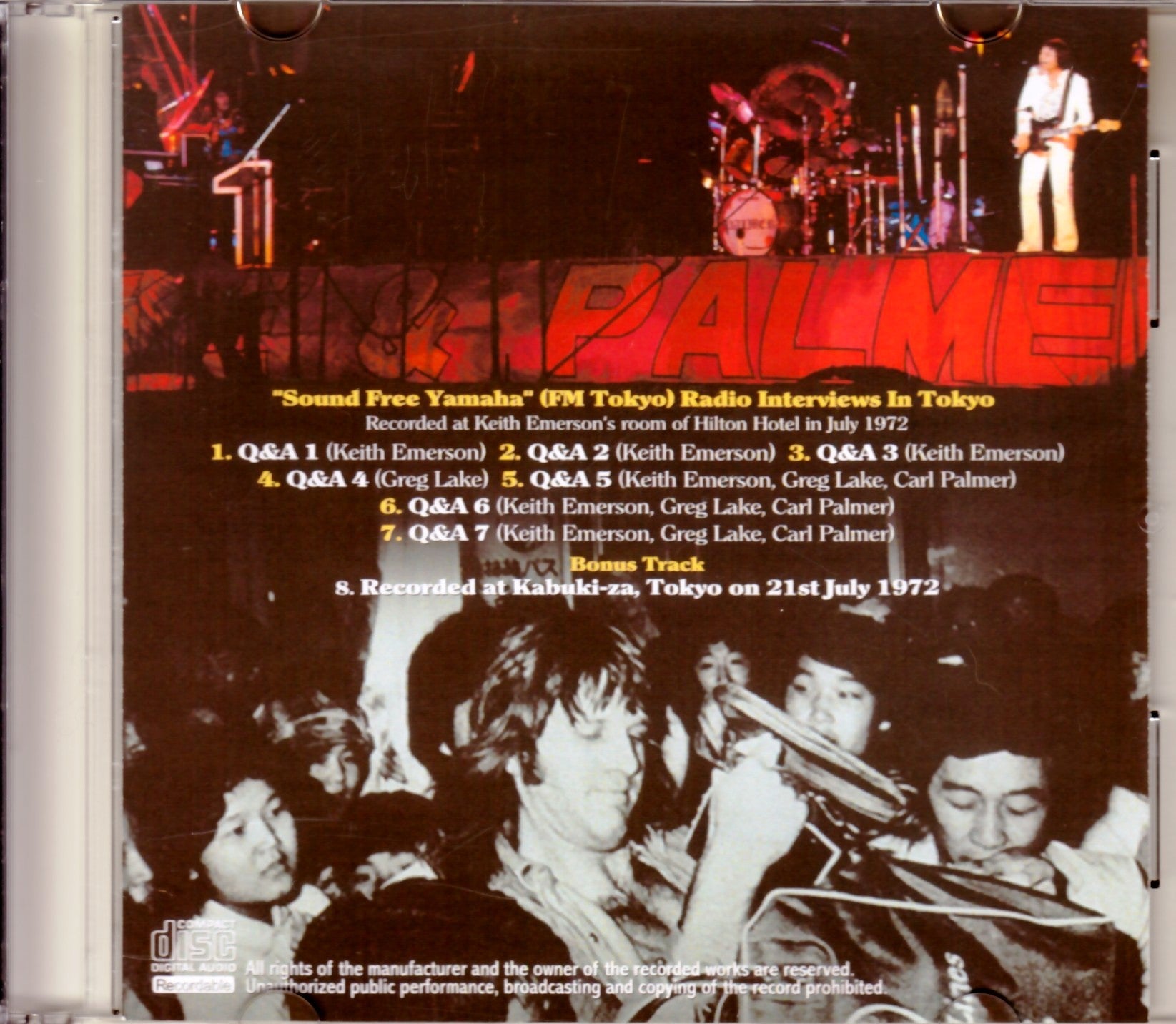

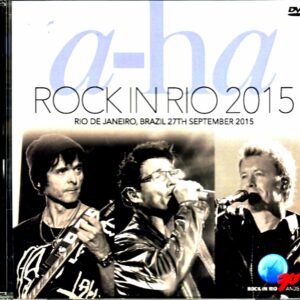
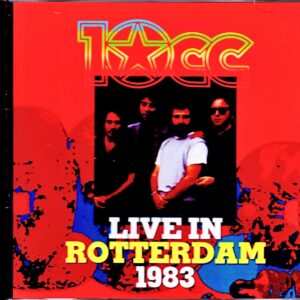
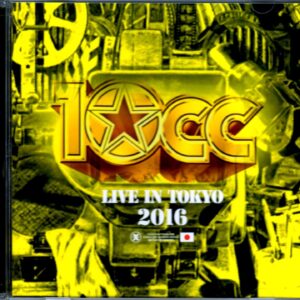
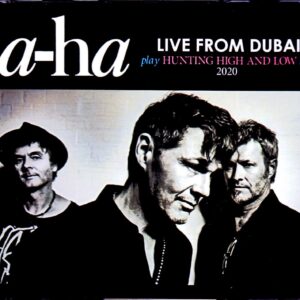
Reviews
There are no reviews yet.